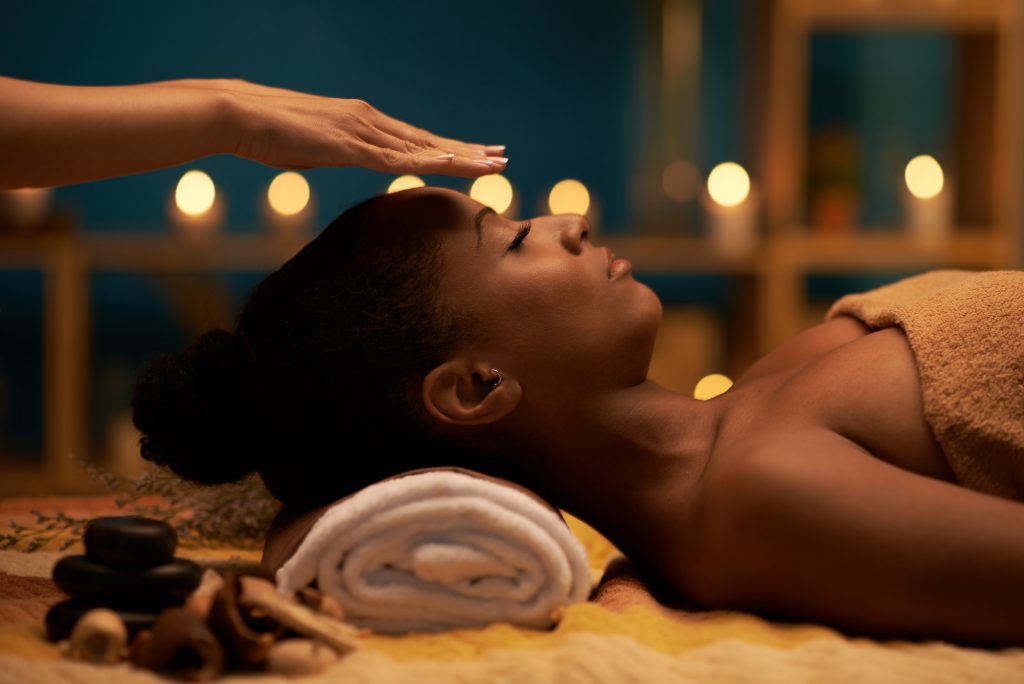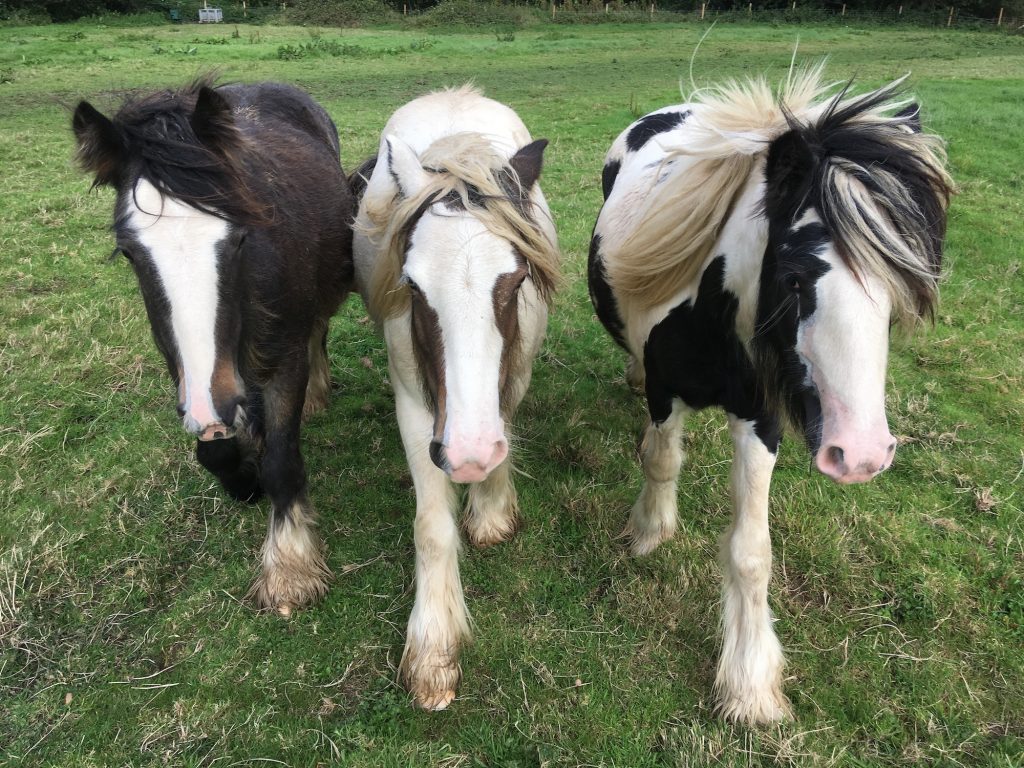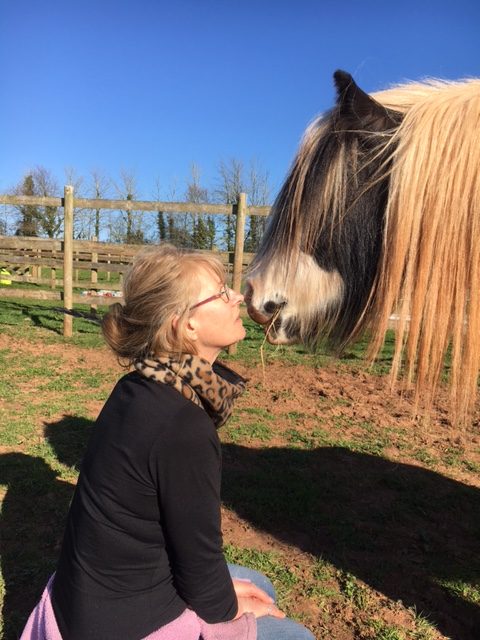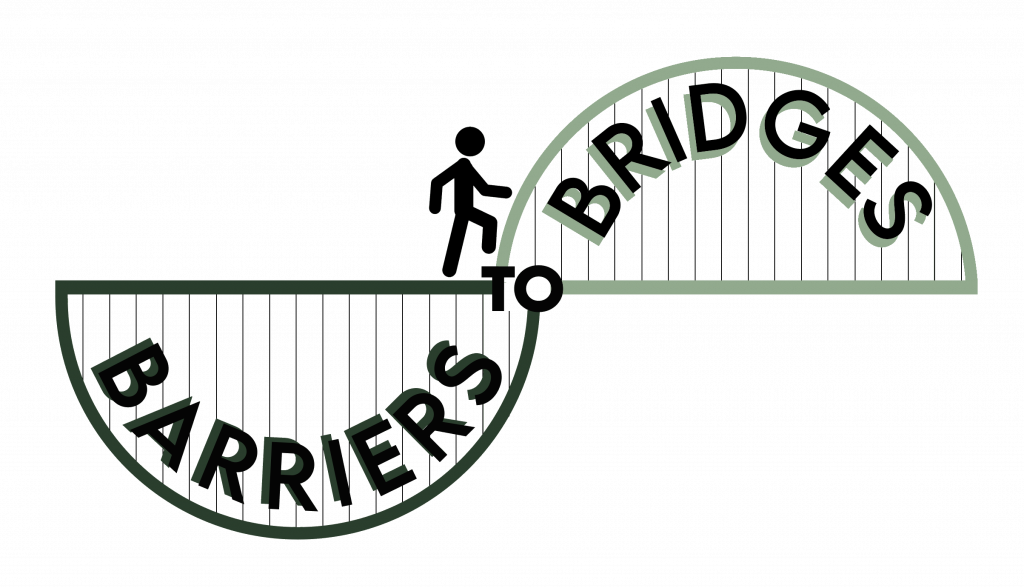by Dawn M. Sanders
Natural therapies and medicines have been around for thousands of years and have originated from many cultures from every corner of the planet. Nature really has given us an abundance of gifts, from massage to herbalism, whether culinary or medicinal, herbs alone can be health-enhancing helpers and usually within reach. However, many of these therapeutic practices and wisdoms have been introduced to the West and a capitalist mindset, making them much less accessible to the most financially disadvantaged, often the people needing it most.
“You have to find that balance and it’s down to you.” Tam Hopgood.
As modernity has rendered huge swathes of, particularly western, societies fraught with social ills, from substance abuse, widespread mental health challenges, lowered immunities, the effects of air pollution or higher crime rates wreaking havoc on our health – the need for coping strategies could never be more urgent. Particularly in the West, far too often, what are considered coping mechanisms or solutions amount to a doctor or psychiatrist prescribing pharmaceutical pills developed in labs and scientifically proven. There are risks and benefits to pharmaceuticals, as with most things, but they are often over-prescribed or relied upon – particularly psychiatric treatment or pain relief. It’s also worth noting how, internationally, pharmaceutical companies reap huge dividends, the recent Covid pandemic illustrating an example of profit before people. With the prevalence of modern life ills has come the prevalence in production of pharmaceutical companies as disease and worldwide demand increases. Of course, conventional medicine or therapies have their place – the best thing for moderate pain is often that one or two aspirin or human-developed strategies, such as CBT (cognitive behavioural therapy) to aid mental health, but if one isn’t into pill-popping, more holistic therapies will inevitably cost
Luckily, as we can self-educate these days with the help of Google, a comprehensive book or talk on the internet for example, the benefits of Reiki (Rei) “universal life (Ki) “energy”; a Japanese-originated practice of several, but formally discovered by, Usui Sensei – sacred knowledge need not be for the privileged few.

Carol Bernett, a medical herbalist based near Loughborough, agrees – citing herbal medicine in particular ‘is fully accessible’ as people can teach themselves how to use herbs. “There are lots of herbalists who want to spread the knowledge as the ‘people’s medicine’ so it is accessible.” Bernett continues: “I did my training at degree level when I was financially disadvantaged – when I was a single parent with 2 children and no support, as one degree is available to everybody, I was able to access it as a disadvantaged mature student.”
However, many therapies are not offered at degree level, are highly specialised and accredited through specifically recognised bodies. For example, some years ago, I received funding via a women’s centre in Brighton. I had a private one-to-one set-up with a tutor via the International Register of Massage Therapists (IRMT). The funding covered a brand-new massage table and paid transcription of the syllabus into braille, so I felt lucky at the time, because those opportunities are hard to come by. Unless a prospective practitioner is in the specific category for opportunities, such as a young person accessing the Prince’s Trust or a student fits specific criteria – there is no financial help for people on low incomes, as Tam Hopgood explains: “it could be worth looking into things attached to the school you went to. These courses are expensive – it would be better if you could get a grant or some help – it’s worth searching for but there isn’t any help, which is unfortunate.”
Ms. Hopgood, based in Exeter, runs her own mobile massage business and is a long-time practitioner of multiple therapies. She practices Swedish massage, aroma therapy, stone therapy (thermal treatment) and deep tissue therapies. She was unemployed and was looking into evening classes and the 3-week course in aroma therapy piqued her interest. “Physically, it increases circulation, relaxes really tight muscles – the remedial massage is more specific, as I’m aiming to treat adhesions or injuries.” She describes her clientele as a wide range of ‘normal people’ who have either average employment or various health conditions: “the first client I ever had, was a lady in her 80s and she had the massage therapy, so she could brush her own hair and open her own curtains.” Hopgood says she prefers being her own boss, as most practices take most of your money for offering a room, so she mainly goes to client’s homes, but sometimes works retreats, where the women tend to be more well-off.
Natural therapies, often cited as complementary within mainstream circles, appear in many dispositions. Equine therapy (working with horses and a trained therapist and horse handler) is a highly specific therapy. Leigh Rundle, based just outside Exeter, runs Equafinity, her own Equine Facilitated Learning therapy service. She explains the fight-or-flight nature of horses and how they have a similar limbic system to humans, but with a heightened sensitivity. Therefore, their super-sensitivity mirror the emotions or what a client might be going through. The therapy is all about self-awareness and she says: “Because they’re nonverbal and because they’re non-judgemental, they very effectively, give people an opportunity to explore self-change – in a supportive, gentle way.”
Working with children and adults, Rundle’s sessions are bespoke and executed according to individual needs. Exercises are created for the horses and client to manoeuvre through what a client wants to address or change in their life. As a session unfolds in stages, a client sets an intention, focuses and might do some grounding work. With Rundle as the facilitator, she walks or guides the client and horses, while the horses hold space. For example, she described exercises specifically set out to help a client lacking confidence in areas of his work in addressing his employers or, at the time of interview, a client described how upon approaching the field, a particular horse didn’t take her eyes off the client – possibly sensing some inner turmoil.
Horses need no training for this imparting gift to humans, but as is pointed out, some horses have been so badly abused behaviour can be dangerous, so extra care is taken to ensure client safety.

“I promised myself when I started doing this work – people wouldn’t be excluded on the basis of funding. So I’d say about a third of the clients I work with are pro bono, the remainder are funded.” Rundle says of her clientele. She also works with several schools, with young people as part of their curriculum. The therapy helps them self-regulate their emotions and eases trauma or anxiety.

As for learning the therapy and working in such a special way with horses, Rundle pointed out opportunities for people financially strapped might be in the form of volunteering or shorter courses at lower costs. Many Equine Facilitated Learning centres are charities, so have access to funding streams. However, it seemingly depends on the type of therapy one might practice, as to how ‘precious’ it might be presented in the West. Some of the most ancient practices, such as yoga, as Nadia Gilani has expressed, have succumbed to what she calls cultural appropriation. Not only are yoga classes PRICED high and out-of-reach for those on a low income, the philosophy of becoming more in harmony with one’s self and the universe has been whitewashed by Western affirmation. Many traditional therapies or medicines are intrinsically linked with spiritual, nonreligious paths, but it isn’t obligatory to adopt these pathways to reap the benefits of healing medicines or methods.
Often embedded within the cultural appropriation is the airy-fairy element which might come with the belief that ancient therapies or medicines are too precious or shrouded in mysticism. Tam Hopgood said: “If you go to India, it’s very common for people in a family to be massaging each other. It’s daily maintenance, there’s nothing airy-fairy about it – it’s just like brushing your hair or brushing your teeth.”
My own experience of years of dipping in and out of natural therapies on a low income in addressing various aspects of my health, has been mixed. In the case of practicing yoga in particular, some teachers run smaller, more affordable classes within community centres or churches where room hires might be lower, but often who can participate depends on the teacher. Not so long ago after lockdown had lifted from the covid pandemic, I was desperate to engage with community and wanted to renew what yoga I had learned in PREVIOUS years to sustain my trapped nerve and lower back issues. So, I bought a yoga mat as required and went along to the affordably-priced session. Yet, after only two sessions and minimal extra help needed, I was asked not to return, as my visual impairment meant I needed the occasional extra nudge or positioning by the instructor. I of course was furious and it means the lack of accessibility isn’t just economic. Although the instructor said I would do well on an individual basis, she didn’t ‘get’ the whole reason behind going to a group, was not just for yoga, but my social wellbeing and connection. People with other types of additional challenges, such as wheelchair users, might simply be told to ‘go and find a specialist someone to teach them’ but this could be construed as segregated isolation and may be sparsely available.
Socioeconomic or demographics certainly play a role in whether complementary and alternative medicines (cam) ARE SOUGHT OUT. This source suggests 10% of the Hungarian population vs 40% in Germany were accessed as of the research, while more people with health problems opted for CAM, more were women and from educated backgrounds. In Western countries, such as the U.S., where the use of CAM increased from 33.8% in 1990 to 42.1% in 1998, CAM are becoming more integrated with conventional medicines – according to the National Centre for Biotechnology Information (NCBI). However, the efficacy of CAM is highly skeptical in a Western/scientific-driven approach, rendering CAM in its multiple therapy domains as playing second fiddle to conventional treatments. The good news, is more medical universities are offering courses in various CAM therapies as demand is also increasing in the West. Yet, far too often as therapists point out, a massage with essential oils is seen as a nice back rub, rather than a credible holistic choice. For CAM to be offered more universally to people of all backgrounds and income levels, investment in the research needed to ‘prove’ these ancient therapies or medicines successful, must be taken seriously by Western governments.
In the UK, pharmaceutical companies increasingly fund the NHS, so will have their own agenda for the industry. Carol Bernett says: “NHS research is funded by drug companies which carries its own bias which I would say isn’t very useful, but if it’s unbiased research – it’s a good thing.” She said the National Institute of Medical Herbalists, conducted research into the benefits of herbal treatments for menopause, but they’re a small organisation not able to sustain such research projects. “Medical herbalists tried to get statutory regulation – getting referrals from the NHS, where prescriptions would be funded by the NHS, but the government just said ‘no, it’s never going to happen’. Even if we had been given that position, we would’ve had our hands tied behind our backs, as to what we could use, how we could use it, so a double-edged sword.”
The NCBI article points out how in India, home of many ancient therapies, despite a lack of scientific efficacy, they’re licenced and widely available. Whereas, the West is a monopoly for ‘big pharma’ relying on the competence of doctors in charge of patient health, due to the long-standing orthodoxy of conventional medicine a poorer, less-educated person might be prone to the ‘doctor knows best’ trap, as it’s seemingly easier to rely on cheaper, widely available drugs than more holistic, person-centred options.
Practitioners earning a living from offering holistic therapies have materials to supply, whether it’s herbs, a massage table, essential oils or other medicines to access, such as homeopathic compounds – not to mention often pricey room hire or their own overheads. There will as with any field, be money grabbers in it for the wrong reasons, but there are so many practitioners now presenting various holistic therapies it’s easy to shop around. That said, despite the increase in demand for holistic therapies, it’s still out of reach for many. The stressed-out single parent stuck in increased work poverty is twice as likely to need ongoing holistic treatments as the perils of modern life take their tole than her more financially affluent counterpart in a better position to go for a luxuriating pamper. Tam Hopgood said: “A decent therapist, will charge enough to make it worth your while and not over-charging people who can’t afford it, but need the therapy – you have to find that balance and it’s down to you.”
Whether stretched out in a neat row of yoga mats on the floor of a community centre, standing in a field of buttercups, experiencing a welcoming nuzzle from a herd of horses or in the comfort of your own home with the hands of a Reiki master just above you – these therapies are for us all, ancient practitioners, wisewomen and men would certainly agree.
© 2023
